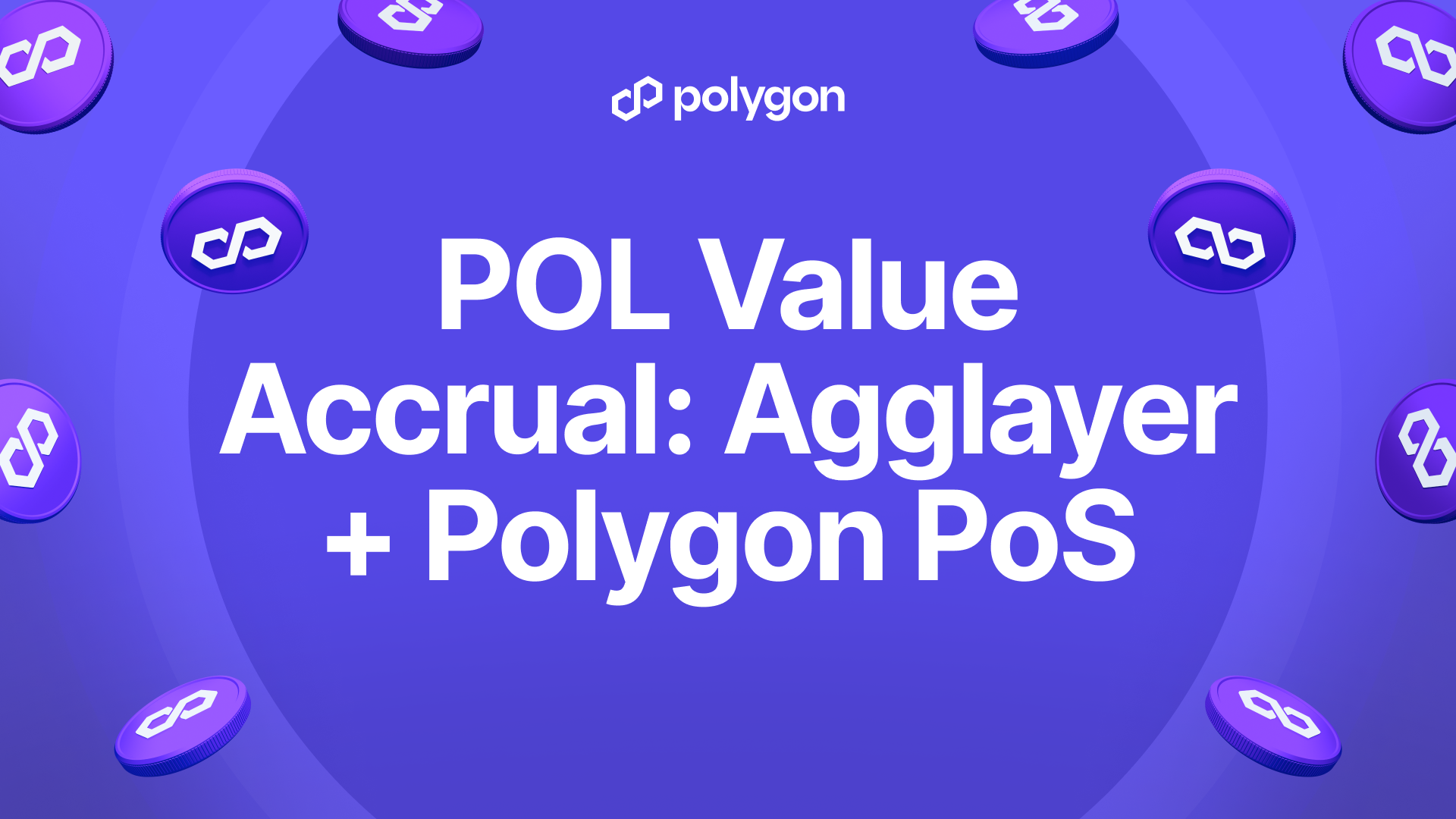Mint an NFT, Plant a Tree With Coorest’s NFTrees

Non-fungible tokens (NFTs) have gotten an undeserved reputation for being bad for the environment. One project flips that narrative and shows that NFTs can be sustainable by combining NFT minting with planting trees.
NFTrees is a project by Coorest, a decentralized ecosystem for realworld linked NFTs and carbon emission compensation, which creates tokens linked to real-world trees. As soon as a tree is planted, the owner of the NFTree is able to collect $CCO2 tokens equivalent to the amount of CO2 sequestered by its real-life counterpart. The $CCO2 tokens can be sold or used as a carbon compensation.
The $CCO2 tokens create new revenue sources for farmers and landowners who plant trees and facilitate carbon compensation. Coorest supports agriculture by buying previously unattended land and then employing local farmers to plant and maintain it. The project also creates new revenue sources for farmers with their own land.
Read more: How Polygon is Helping Reforest the Indian Subcontinent
An NFTree in a mixed forest batch in Northern Europe sells for about 75 USDC and is expected to remove about 250 kilograms of CO2 each year of its two-decade lifetime. Some NFTrees come in fruit-bearing varieties, including pomegranate and fig, that start delivering fruit three years after planting. The NFTree owners get an estimated amount of 12 USDC per year per NFTree.
Coorest is working with Polygon Studios to help advance the narrative that NFTs can be used for positive environmental impact. Polygon Studios was launched in July 2020 as blockchain gaming and NFT arm and has since attracted projects including DraftKings, Upshot, Aavegotchi, Zed Run, Skyweaver by Horizon Games, Decentraland, Megacryptopolis, Neon District, Cometh, Animoca Brands’ The Sandbox and Decentral Games.
In the increasingly urgent effort to reduce global carbon emissions, every little bit counts. Planting trees is one of the simplest ways of pulling excess CO2 out of the atmosphere. The challenge is creating an incentive system that is transparent and accountable.
The $CCO2 tokens feature a built-in accountability system. When someone compensates for their carbon footprint using the token, it is “burned” and permanently removed from the circulating supply. A proof of carbon compensation certificate (PoCC) is then sent to the holder’s wallet. The PoCC NFT contains the date, CO2 amount and the identity of the party that can claim the benefit. It also contains the transaction hash and the reason for compensation.

An example of a PoCC certificate. Source: Coorest.
To play our part, Polygon has eliminated the network’s carbon debt going back to its inception and making the chain climate positive going forward starting this year. The core team also committed $20 million to a series of community initiatives, which includes funding projects that can help combat climate change.
On July 13th Polygon hosted The Green Blockchain Summit, a virtual forum for Web3 leaders to develop solutions to the most urgent environmental problems facing the blockchain industry. The event convened founders, operators, investors, academics, and more across Web3 and beyond with the goal of establishing standards and best practices in the Green blockchain space. You can see the full recording here.
You can track our journey to becoming climate positive here and tune into our blog for the latest news from the Polygon ecosystem.
Website | Twitter | Ecosystem Twitter | Developer Twitter | Studios Twitter | Telegram | Reddit | Discord | Instagram | Facebook | LinkedIn



.png)


%20(1).png)







.png)


